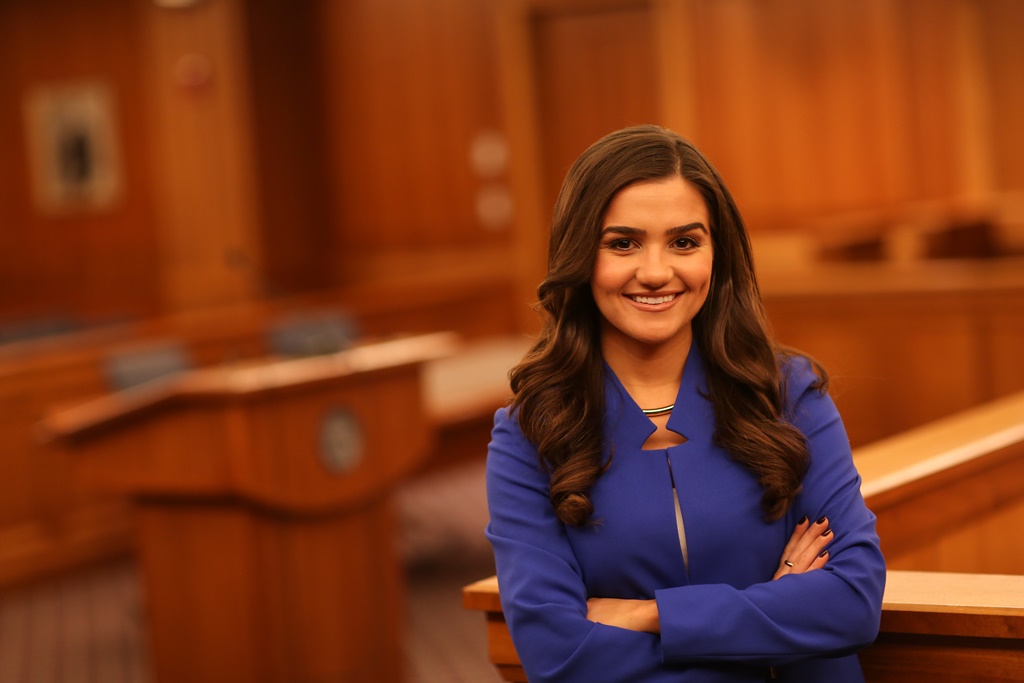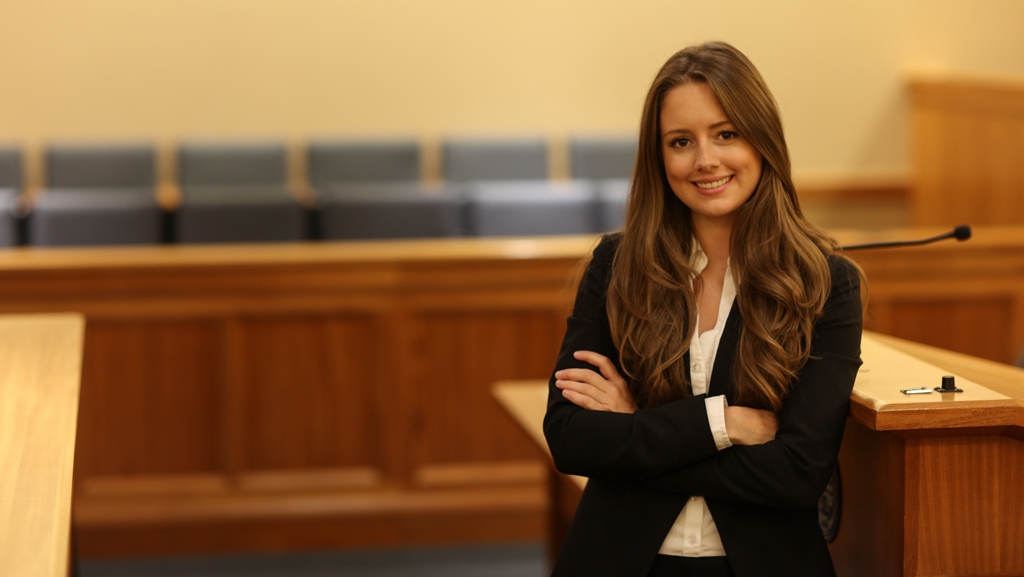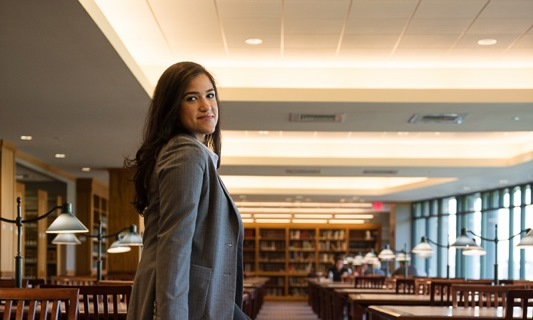By Andrew Perlman
Dean and Professor of Law, Suffolk Law School
As the former director of the Legal Technology & Innovation concentration, I often get questions about the difference between my subject area and Intellectual Property. It is understandable. The school where I am the dean and a professor—Suffolk University Law School—is in one of the most tech-friendly cities in the country (Boston) and our students are equally tech-savvy.
In a nutshell, one way to think about the difference is that the Intellectual Property concentration concerns the “law of technology,” whereas the Legal Technology and Innovation concentration concerns the “technology of law.” (This article explains the distinction in a bit more detail.) Of course, Intellectual Property law is about more than the regulation of technology. Generally, IP law concerns the regulation of innovation and creativity through property-like rights, copyright and patents (and there are also trademarks and trade secrets). But in our digital age, so much is deemed “technological innovation” that the “law of technology” is a fair general statement of how creative and innovative work gets produced and regulated.
Consider a couple of examples. Patent law is one type of intellectual property law, and it affects the rights of an inventor to get and protect a patent on inventions that could relate to technology concerning any part of the economy. For example, there are patents relating to mobile phones, new automobile technology and new kinds of batteries. In this way, patent law (like IP law more generally) consists of law relating to technology (the “law of technology”). Similarly, copyright law is another type of IP law, and it affects the rights of authors to control the reproduction and dissemination of their creative works (like music and film), often these days through digital media intermediaries such as Pandora and Netflix, or other technological innovations such as DropBox and SoundCloud.
In contrast, the legal technology and innovation concentration is focused on how technology is being used by lawyers and other legal professionals to deliver legal services in new ways. For example, LegalZoom has automated many legal documents and is supplying customers with a range of law-related services using technology. New companies have emerged supplying a range of new technology and tools that enable lawyers to do their work more efficiently and effectively, such as through the use of:
- automated document assembly
- expert systems (e.g., automated processes that generate legal conclusions after users answer a series of branching questions)
- knowledge management (e.g., tools that enable lawyers to find information efficiently within a lawyer’s own firm, such as by locating a pre-existing document addressing a legal issue or identifying a lawyer who is already expert in the subject)
- legal analytics (e.g., using “big data” to help forecast the outcome of cases and determine their settlement value)
- virtual legal services
- cloud-based law practice management.
These kinds of tools can be identified and implemented effectively through the sound application of legal project management and process improvement techniques, which reflect another set of important new competencies.
In sum, these two fields sound a lot alike, but they are actually quite different. If you are interested in advising clients about their intellectual property issues, the IP concentration might be for you. If you are interested in using technology to deliver legal services in new and innovative ways, the Legal Technology and Innovation concentration might be up your alley.
Want more info? Contact the concentration directors: Andrew Beckerman-Rodau and Michael Rustad (IP concentration) or Gabe Teninbaum (Legal Technology and Innovation concentration).













Follow Us